As we age, our skin’s needs change—but that doesn’t mean your routine has to get complicated. In fact, understanding how to properly layer your skincare products is one of the easiest ways to see real results, especially in your 40s.
Over the years—both professionally and personally—I’ve tested more skincare than I can count. And while there’s always a new trend or “must-have” ingredient, the routines that actually work are the simple ones rooted in the basics.
Understanding how to layer your products—especially as your skin changes in your 40s and beyond—can make a bigger difference than any single product ever will. Once you get the order right, everything else starts to make sense.
If you’ve ever wondered whether you really need a serum, or if you’re using your oil and moisturizer in the right order, this guide will help.
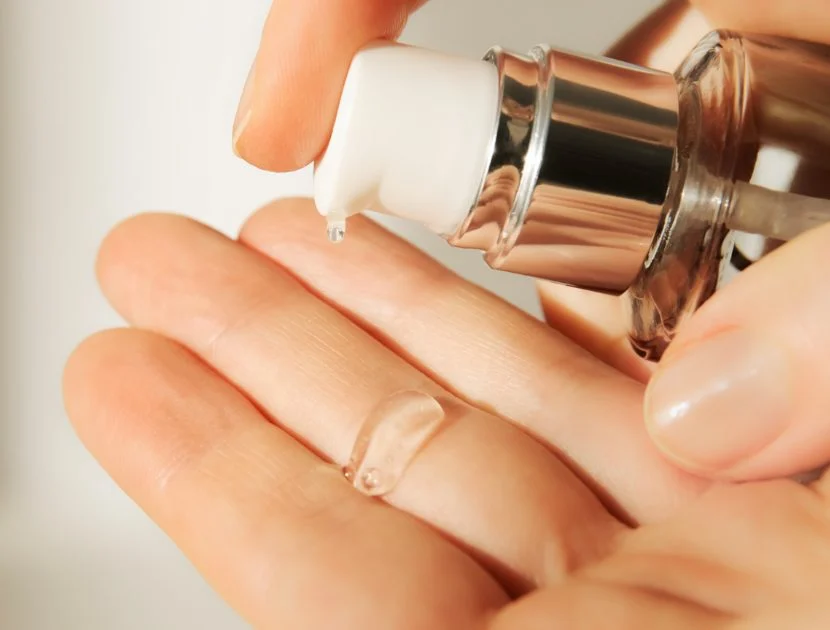
Why Layering Matters in Your 40s
By the time we reach 40, our skin naturally changes. Collagen production slows down, skin becomes thinner and drier, and cell turnover isn’t as efficient. You may notice more dullness, fine lines, and texture—especially if your routine hasn’t evolved with your skin.
This is where proper layering comes in. Serums, moisturizers, and oils each do something different, and when used together in the correct order, they can dramatically improve how your skin looks and feels. It’s not about doing more—it’s about doing it right.
What Happens When You Don’t Layer Correctly
If you’re investing in good skincare but not seeing results, the issue might not be what you’re using—it might be how you’re using it.
For example:
- Applying oil before serum can block the serum from absorbing.
- Skipping moisturizer can leave your skin dehydrated, even if your oil feels rich.
- Using a serum last means the active ingredients likely aren’t penetrating where they need to.
And if you wear makeup, incorrect layering can lead to pilling—that annoying flaking or peeling that happens when products sit on top of each other instead of blending smoothly. It’s often a sign that textures aren’t compatible or layers haven’t been absorbed properly.
Think of layering like getting dressed for the weather: each item has a purpose, and the order matters. You wouldn’t put your coat on before your shirt—and skincare works the same way.
Step 1: Apply Serum
Purpose: Treat specific skin concerns
Serums are lightweight, fast-absorbing formulas designed to deliver high concentrations of active ingredients deep into the skin. Because they’re targeted treatments, they go on first—immediately after cleansing—so they can do their job without being blocked by heavier products.
You can use more than one serum in a routine, but it’s best to keep it simple. Two is usually the max. Layer them from thinnest to thickest texture, and allow each to absorb fully before applying the next.
Always apply serums to clean, dry skin and let each one absorb fully before moving on to moisturizer.
Here are a few common options and when to use them, we’ve covered many of these in our recent content pieces:
- Vitamin C — AM only: Brightens skin, evens tone, and protects against environmental damage
- Hyaluronic Acid — AM or PM: Adds hydration and helps plump the skin
- Niacinamide — AM or PM: Calms redness, supports the skin barrier, and improves texture
- Retinol or Peptides — PM only: Stimulate cell turnover, support collagen, and reduce fine lines
Important: Keep Vitamin C and retinol in separate routines—Vitamin C in the morning, retinol at night. Using them together can lead to irritation and reduce their effectiveness.
⚠️ Serum Combinations to Avoid (or Use Carefully)
Not all ingredients play well together. Some combinations can cancel each other out—or worse, leave your skin red, flaky, or irritated. Here’s what to avoid:
- Vitamin C + Retinol
→ Use Vitamin C in the morning and Retinol at night. They don’t layer well and can be harsh when used together so you need to space them out. - Retinol + AHAs/BHAs (like glycolic or salicylic acid)
→ Both are exfoliating. Using them together can over-strip the skin. Alternate nights instead. This is when skin cycling comes into play. - Vitamin C + Niacinamide (in high concentrations)
→ Generally okay in low doses, but can cause flushing in sensitive skin. Split into different routines if you notice irritation. - Too Many Strong Actives at Once
→ More isn’t always better. Mixing too many actives (like retinol, acids, and peptides) can overwhelm your skin. One or two per routine is enough.
When in doubt, alternate strong ingredients instead of layering them. The goal isn’t to do everything—it’s to do what works.
Step 2: Apply Moisturizer
Purpose: Hydrate and reinforce the skin barrier
Moisturizers are the backbone of every skincare routine—especially after 40, when skin naturally becomes drier and more prone to barrier damage. A good moisturizer helps your skin hold onto water, softens fine lines, and creates a buffer against environmental stressors.
Even if your serum contains hydrating ingredients, it’s not a substitute. Serums treat; moisturizers protect.
Look for formulas that include:
- Humectants like hyaluronic acid or glycerin (to pull moisture into the skin)
- Emollients like squalane or fatty acids (to soften and smooth)
- Occlusives like ceramides or dimethicone (to help seal everything in)
Tip: Apply your moisturizer while your serum is still slightly damp—it helps trap more hydration and improves absorption.
You don’t need to spend a lot here. Two of the best moisturizers for these ingredients are easy to find at the drugstore:
- CeraVe Moisturizing Cream – Rich in glycerin, hyaluronic acid, ceramides, and squalane. Fragrance-free, non-comedogenic, and a favorite for sensitive or dry skin.
- La Roche-Posay Toleriane Double Repair Face Moisturizer – Lightweight but deeply hydrating, with niacinamide, ceramides, and prebiotic thermal water. Ideal for layering over actives.
Both options check all the boxes—and deliver results without the luxury price tag.
Step 3: Apply Facial Oil
Purpose: Lock in hydration and nourish the skin
Facial oils don’t hydrate (they don’t contain water), but they’re excellent at sealing in moisture and delivering added nourishment—especially at night or during the colder months. Oils help prevent transepidermal water loss and give skin a soft, healthy glow.
Apply facial oil after moisturizer to lock in the benefits of everything underneath. Or, mix a drop or two into your moisturizer to streamline your routine.
Facial oil is especially helpful during seasonal transitions, travel, or after using active ingredients like retinol that may leave skin feeling a bit compromised.
Facial Oils – What to Use
You don’t need a drawer full—just one well-formulated option that suits your skin’s needs. Here are three great choices for women over 40:
- Biossance 100% Squalane Oil
Lightweight, non-greasy, and suitable for all skin types. Ideal for layering over retinol or a night cream.
Price: ~$34 - The Ordinary Rosehip Seed Oil
Gently brightens and supports skin regeneration. Great for dull, dry, or sun-damaged skin.
Price: ~$10 - Drunk Elephant Virgin Marula Luxury Facial Oil
Rich in antioxidants; ideal for dry or sensitive skin. Silky texture without feeling heavy or greasy.
Price: ~$69
Tip: You only need a drop or two. Gently press it into your skin as the final step in your nighttime routine.
Skincare Routine for Women Over 40 (Morning and Night)
If you’re just getting started—or want to simplify your routine—this is a solid framework to build from. It covers the essentials and gives your skin what it needs at this stage of life. I do more in my own routine, but these are the core products I’m currently using and the structure I’d recommend if you’re looking for a straightforward, effective place to start.
You’ll notice I mix splurge and save products. I keep it simple (and affordable) with basics like cleanser and moisturizer, and invest in more advanced formulations where they matter most—like serums and treatments.
From here, you can layer in other actives or exfoliants as needed, depending on your skin’s needs and how comfortable you are building a routine.
☀️ Morning Routine
- Cleanser: CeraVe Hydrating Cleanser
Gentle, affordable, and ideal for dry or sensitive skin. - Vitamin C Serum: SkinCeuticals C E Ferulic (I also found a dupe here)
A cult favorite for good reason—brightens, protects, and evens tone. - Moisturizer: La Roche-Posay Toleriane Double Repair Moisturizer
Lightweight but deeply hydrating, with ceramides and niacinamide. - SPF: EltaMD UV Clear Broad-Spectrum SPF 46
Dermatologist-recommended, fragrance-free, and layers well under makeup.
🌑 Night Routine
- Step 1: Double Cleanse
Double cleansing isn’t just for makeup wearers. Even if you skip foundation, sunscreen, sweat, and environmental pollutants can linger on your skin—and one cleanse usually isn’t enough to fully remove it. A proper double cleanse helps clear buildup so your treatment products can actually work.- Elemis Pro-Collagen Cleansing Balm – Melts away sunscreen, impurities, and pollution while nourishing the skin.
- CeraVe Hydrating Cleanser – Follows with a gentle second cleanse to balance and prep the skin for treatments.
- Retinol or Treatment Serum: SkinBetter Science AlphaRet Overnight Cream – this is what I am currently using.
A highly effective retinol blend that supports cell turnover without irritation. - Moisturizer: SkinCeuticals Triple Lipid Restore 2:4:2
Rich in ceramides, cholesterol, and fatty acids—replenishes and strengthens the skin barrier. - Oil (optional): Biossance 100% Squalane Oil
A nourishing final step that seals in moisture without interfering with your moisturizer. Ideal for dry or mature skin, especially in winter.
Final Thoughts
You don’t need a complicated routine—just one that works for you. When you understand what each product does and how to layer them correctly, your skincare will finally start working the way it’s supposed to.
If your current lineup feels underwhelming, don’t rush to replace everything. Try adjusting the order first. The fix might be simpler than you think.

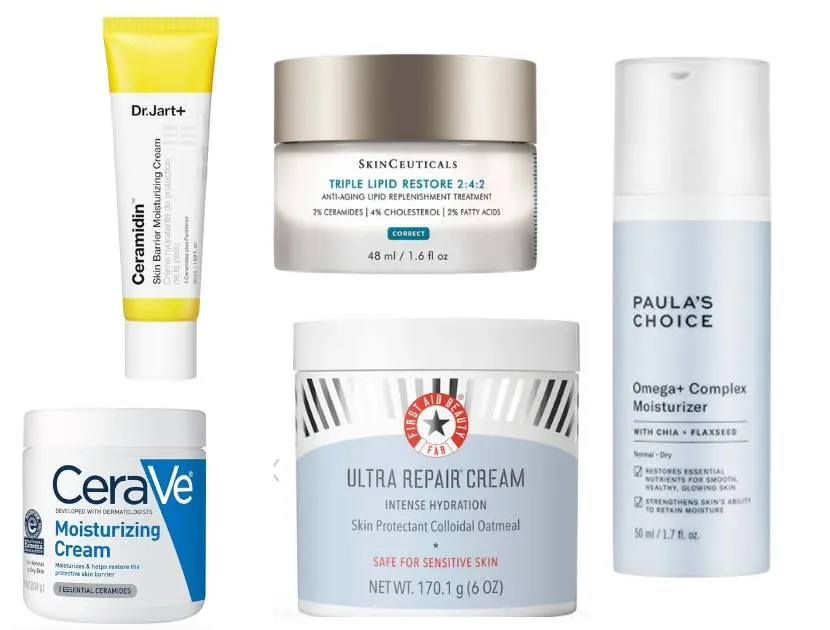
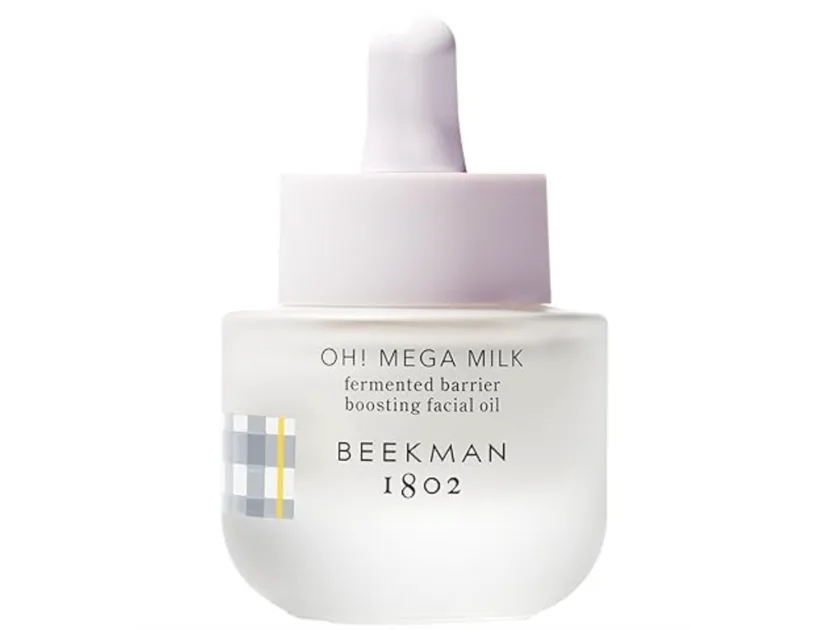
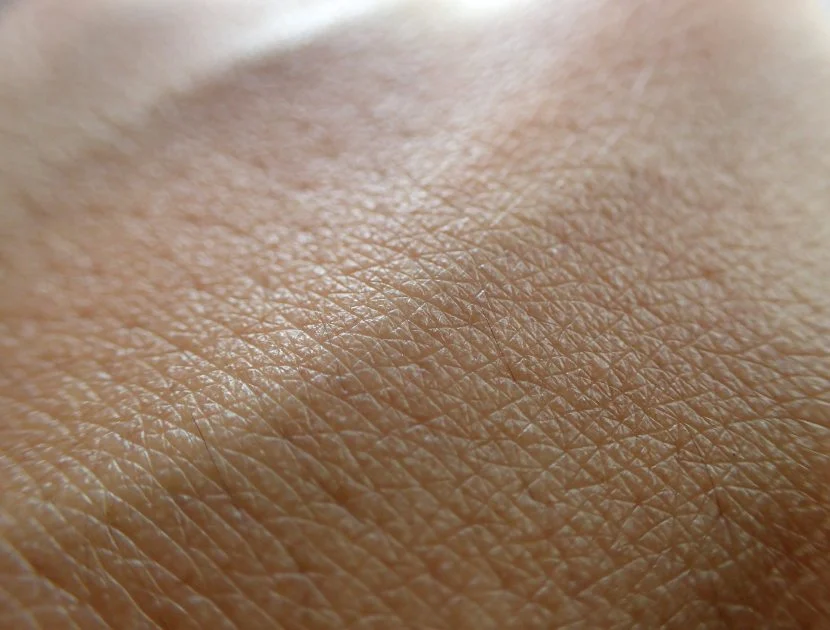

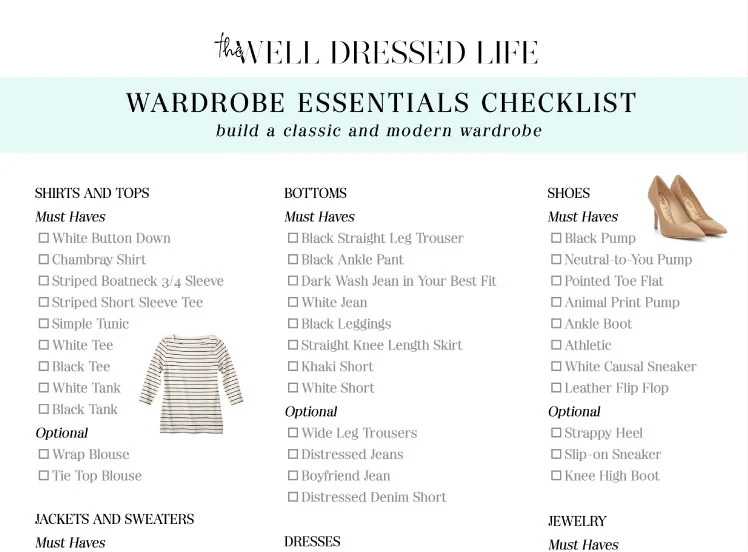
Leave a Comment